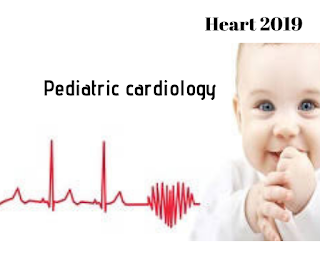In past two years,
considerable advances have been made in the field of pediatric cardiology which
includes evaluating the mechanism responsible for cardiovascular disease and
the development of diagnostic techniques and treatment strategies. We should other
factors like genetic and environmental factors and their interactions involved
in the mechanisms for a variety of pediatric
cardiology diseases, which is yet
to be cleared. The techniques and treatment are needed to be standardized and
developed further.
The highlights of
recent advancement:
The mortality period of Truncus
arteriosus remains high. Children who undergo the state have a
high risk for mortality within the first year of life, with an operative
mortality rate of 7% and a late mortality rate of 5.8%.Congenital heart disease is
increasing the risk for dementia. People who survived with
congenital heart disease in their adulthood had an elevated risk for dementia,
particularly early-onset dementia. Death because SIDS more likely in siblings of
victims. Children with a sibling, who died from sudden
infant death syndrome, or SIDS, are more prone to SIDS than general population.
Mortality
risk has been increased in adults with congenital heart disease Compared
with other patients for heart transplantation. Children with congenital heart defects may
have increased late CV risk in their mother. Exposure to statin during
pregnancy increases risk for ventricular septal defects in infants. The
FDA announced the approval of a heart valve designed for pediatric patients has
been expanded to include a size small enough to be used in newborn patients. Shorter childhood height increases risk for future
stroke. Patients who were short at age 7 to 13
years have an increased risk for ischemic stroke. The risk for intracerebral
hemorrhage was also increased in men who were short at age 7 to 13 years, but
not in women.




No comments:
Post a Comment